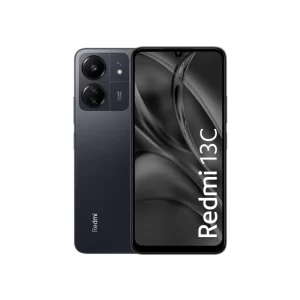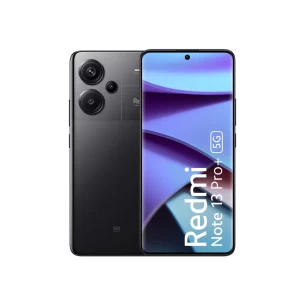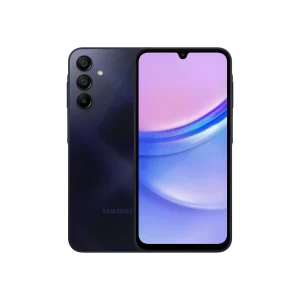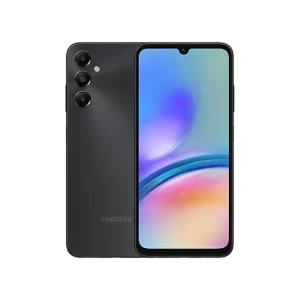As we suggested last week, in this installment of GOING SOLAR we are going to summarize and combine all we have learnt so far and design a simple solar power system for an average sized home.
Determine the demand and energy consumption
The first thing to do is list what we want to power (the demand) and determine our energy consumption.
| Appliance | Qty | Power rating (watts) | Hours Used/day | Consumption |
| Lights Internal | 12 | 60 | 5 | 3,600 |
| Lights Outside | 4 | 50 | 12 | 2,400 |
| TV (old type) | 1 | 125 | 5 | 625 |
| Decoder | 1 | 45 | 5 | 225 |
| Fridge | 1 | 170 | 12 | 2,040 |
| Total Power Used(watt/hours) | 8,890 |
Improve energy efficiency
Once we know our energy consumption in relationship to our demand we need to reduce the consumption but still get what we want (the demand). This allows us to efficiently use the power available.
We can do this in several ways (We will cover this in future issues), we will take the simplest route here and change our light bulbs and TV to LED. The result could be as follows:
| Appliance | Qty | Power rating (watts) | Hours Used/day | Consumption |
| Lights Internal (LED) | 12 | 5 | 5 | 300 |
| Lights Outside (LED) | 4 | 7 | 12 | 336 |
| TV (32” LED) | 1 | 65 | 5 | 325 |
| Decoder | 1 | 45 | 5 | 225 |
| Fridge | 1 | 170 | 12 | 2,040 |
| Total Power Used(watt/hours) | 3,226 |
Selecting the battery Bank
Having reduced our energy consumption by 63% we are now ready to solar power the house. The first thing we shall determine is the size of the battery bank (understanding the battery) and assuming that our desired maximum discharge is 40% and system voltage is 12vdc, our battery bank will be:
3,226 w/hrs divided by 40% = 8,065 w/hrs
Storage in Ah at 12vdc will be:
8,065 w/hrs divided by battery voltage at 12vdc = 672Ah
Rounding up to the industry standard of 150Ah per battery, our battery bank shall be made up of 5 x 150Ah batteries.
Selecting the Solar Panels
Our panels must replace 3226 w/hrs of consumed power in 5 hours of available sun light and assuming no power loses then:
3226 divided by 5 hours = 645.2 watts required per hour from the panels
To achieve an array of this size we can choose to combine 7 x 100 watt panels totalling 700 watts at 12 volts DC. Note that we have selected a set of panels rounded up to the next most suitable size.
Selecting a solar charge controller
Now that we have the size of our solar array, the next step is to select the appropriate size of the solar charge controller. As this is a 12 volt system we divide the panel size by the 12 volts panel peak voltage of 15.
700 watts array divided by 15 = 46.6 amps
Rounding up to the next appropriate size will see us select a 50 amp charge controller at 12 volts DC.
Selecting the Inverter
Finally we need to select an inverter that will suit our needs. Our needs are clean power so as to run TV and decoder without interference and the ability to power an old type of compressor fridge. The inverter must be able to handle the start-up requirements for the fridge. We can calculate the total power required as follows:
Lights 88 watts
TV 65 watts
Decoder 45 watts
Fridge 170 watts
Our running power will be 368 watts and assuming the surge or in rush power requirements for our fridge is 5 times its rating. The total running load of everything minus the fridge will be 198 watts. Every time the fridge starts it will add another 850 watts making a total 1,048 watts for around 5 seconds. A safe size will therefore be a 600 watts inverter with a surge rating of 1,200 watts for 5 seconds.
We now have our solar power system ready to install with the following equipment:
7 x 100 watt solar panels
1 x 50 amp solar charge controller
5 x 150Ah Solar battery (deep cycling)
1 x 1200 watt transformer based 12 volt inverter
Now, take a pen and paper, then walk around your home, and design your power system, then send the results to us at tech@clamorepower.com for confirmation.
Make up as many combinations as you like so you can get a better idea of what you really need to power and what you don’t. It will actually help you take the first step by helping you reduce your consumption.
As we said at the beginning of our mission, a lot has been written about solar power. We hope that the this has cleared a few of the myths around the subject of GOING SOLAR.
In the next issues, we shall discuss a lot of the questions that you have asked over the weeks around power conservation and reducing your bills, using solar power in various applications including water heating, water pumping, cooking and more.
. . . . . . .Finally and one more time, remember this:-
Choose a cheap modified sine wave inverter if your needs are modest and occasional.
Choose a high quality modified sine wave inverter if you want value for money and a 99% usable product.
Choose a high quality sine wave inverter if you want the best available. It also to note that if you want to power “anything” then this is the range to go for.
You want to know more about solar or you want to start your journey towards going solar? Get in touch with us through this simple form and we will assist.





3 comments
Combing pertains to hair. I think you meant to say combining
Technical exposition and guidance is most valuable. What would be additionally good is to examine the total cost of ownership, operation, and maintenance over the lifetime of the system. That analysis should include the cost of opportunities foregone in favor of the solar system. Investment in alternative energy is necessary as the availability of fossil fuels declines. We should undertake that investment with our eyes wide open to all the facts and attendant costs.
That is correct Peter. What we are trying to do is simplify the understanding of “going solar”. You raise the questions that we want to address in the simplest way possible. It would be great to chat with you directly, please email me on info@clamorepower.com.